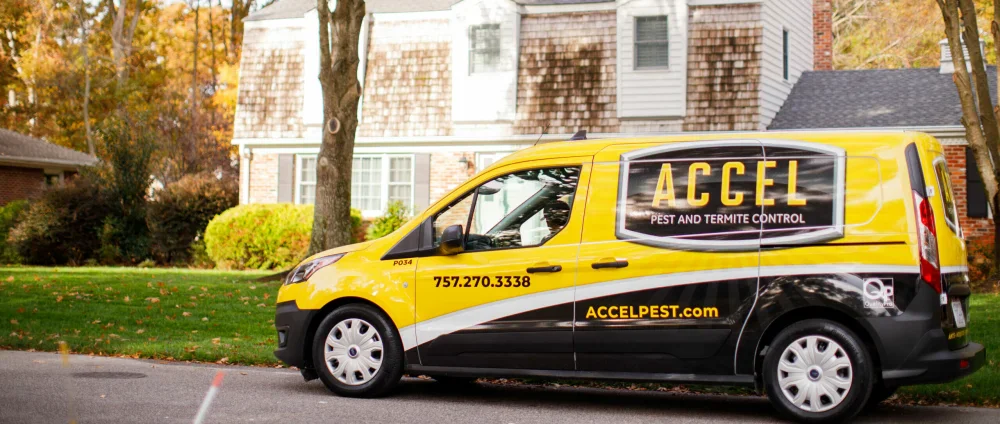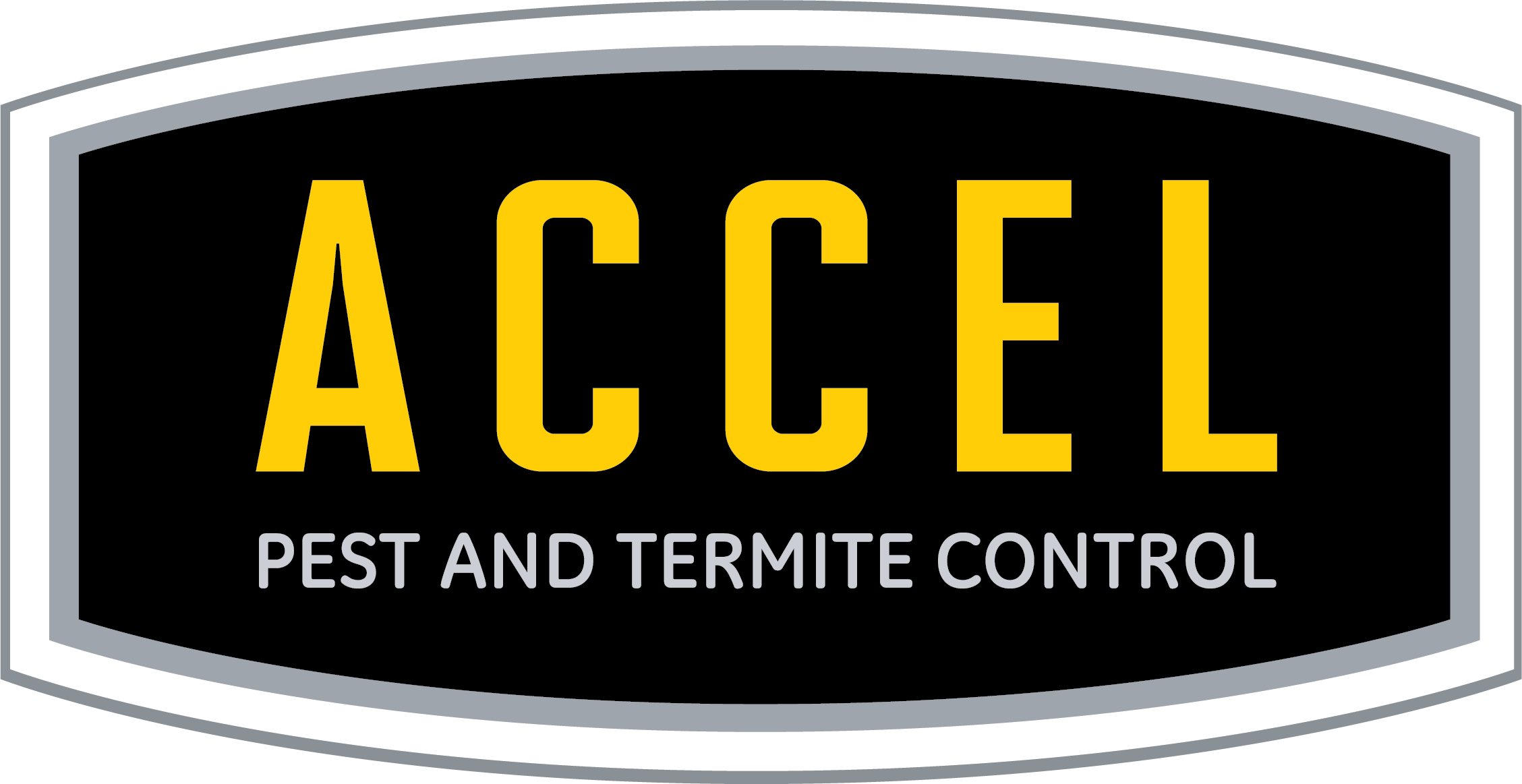Your Guide to Rat Species

Rats are every homeowner’s nightmare. In our service of the Richmond, Virginia area, Accel Pest and Termite Control has helped many homeowners through preventative maintenance to deter rodents as well as complete, safe and sanitary removal of existing infestations.
Something that surprises most of our clients is that there are several types of rats, and each breed carries its own concerns on proper treatment methods. Homeowners might think that simply laying traps or poison out is enough to eliminate their rat problem, but the truth is, these methods don’t work for every type of rodent that might invade your home.
Our highly-trained technicians can identify the type of rat that has invaded your home and execute the proper pest control techniques based on their knowledge of that rodent’s behavior. This will help ensure that your home is not only returned to a sanitary, rodent-free condition but that the job is done quickly and efficiently.
Signs of a possible rat infestation include:
- Running or scampering noises from ceilings.
- Dark, oily marks among baseboards or stair risers.
- Droppings left in corners and under appliances or furniture.
- Chew marks on the bottoms of cabinet doors.
- Shredded holes in carpets.
Now that you know what to look for, let’s discuss the types of rats you might encounter around your home.
Rats That Live Inside.
- House mouse. While technically not a rat, it’s a common rodent in our area and loves to invade homes. You might think this cute little guy is a harmless guest, and they do look cartoon-like with their tiny bodies and big ears, but they can cause just as much damage as their larger rat cousins and carry the same health concerns.
- Norway rats. These are large rodents with brown and black fur. They tend to live in attics, crawl spaces or basements.
Rats That Live Outside.
- Roof rats. These are the trickiest of the exterior rat population. While they tend to live high in trees and among roof lines, they’re known to invade a home in any way they can to find food or shelter. Since they return to the roof and the trees, they can be difficult to catch. Once a roof rat has found a way into your home, it will return again and again, leaving you and your family exposed to potential disease through contamination.
All of these rats can cause extensive property damage to your home, either through nesting while inside or chewing their way to access points that would allow entry. In addition, these rodents carry substantial health risks to include salmonellosis, dysentery, hantavirus, leptospirosis and even allergic reactions.
If you’ve noticed any signs of rats around your home, contact us as soon as possible. We’ll send one of our technicians out to help you regain your peace of mind.
